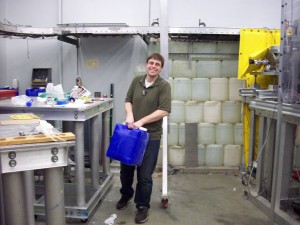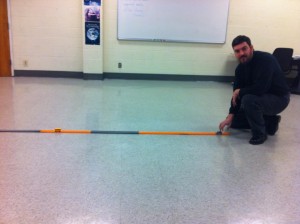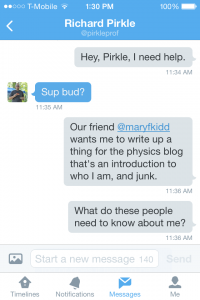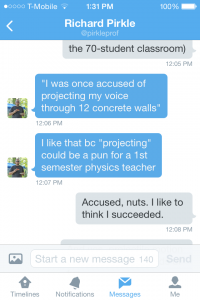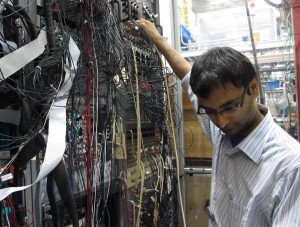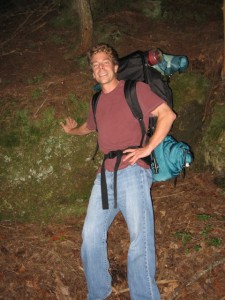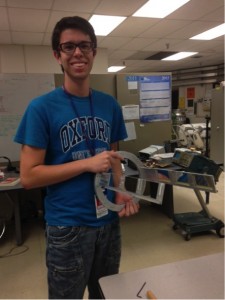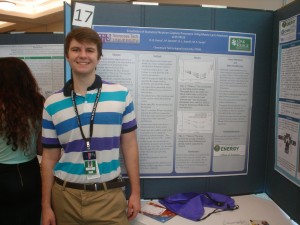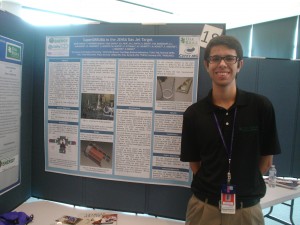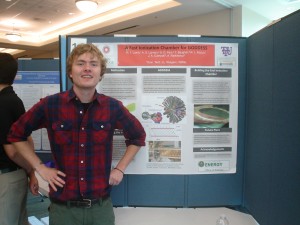Understanding the origin of elements in the universe is one of the main goals of nuclear science and astrophysics today. Achieving this goal involves determining how the elements and their isotopes formed and being able to predict their abundances. In order to accomplish this, we must determine how the elements and their isotopes formed and be able to predict their abundances. Completely solving this problem is beyond the scope of any one research program. The exact origins of every nuclei are still a mystery, but the majority are believed to be produced in stars at various stages of their life. I work in a community of scientists who utilize their various skills and strengths to help answer this simple, yet difficult question.
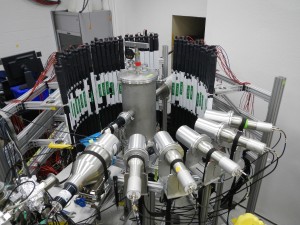
For example, an observational astronomer might look at the light it views from a star and be able to deduce what the elemental and isotopic composition of the surface of that star. As a nuclear experimentalist I work in laboratories where we strive to understand the reactions that likely occurred to produce the type and quantity of isotopes observed by the astronomer. More accurately, my goals are to study structure of the nuclei of interest and measure their specific properties. This information is key to producing accurate models of stellar processes believed to create at least some of the thousands of known isotopes.
Dr. Patrick O’Malley graduated from TTU in 2006. He earned his Ph.D in Experimental Nuclear Physics from Rutgers in 2012. He is currently a Postdoctoral Research Associate at Notre Dame University.
